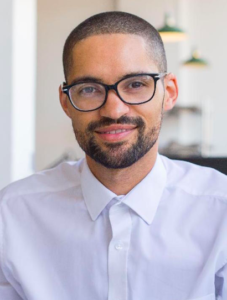The Iberian Peninsula is separated from North Africa at its nearest point by barely a dozen miles of sea. Over the course of many centuries, medieval Spain was a frontier between two of the world’s great faiths: Christianity and Islam. It was a place where kings, caliphs, emperors and emirs ruled. Churches and mosques were dotted throughout the land; Islam was deeply embedded in the culture and society of the Peninsula.
Face-to-face encounters took place between millions of ordinary Christians and Muslims over the centuries. Agricultural workers of different faiths shared the irrigation systems that watered their land. It would have been commonplace for people of different religions to buy and sell goods at local markets. And don’t forget the footloose merchants of the Middle Ages: Christian, Muslim and Jewish traders travelled throughout Spain, North Africa and the wider Mediterranean, sharing in the lucrative trade of precious goods.
Elsewhere in society, great thinkers composed intellectual works in Arabic, Hebrew and Latin. They wrote and translated books of science, philosophy and mathematics. Christians worked with Jews to produce the first Latin translations of the Quran, and fascinated at the books of astronomy and physics written by Islamic scholars.
Despite the many instances of co-operation between the faiths, there were also struggles. At the top of society, rulers would quarrel and set their militaries against one another. Conflict was seen as part and parcel of running a kingdom, and raiders often darted in and out of enemy territory to grab whatever they could. At this frontier armies clashed, as Islam at first advanced across Spain, then gradually retreated. Yet there were plenty of occasions where Christian and Muslim troops were allies, and fought a common enemy together when it suited them.
This world was far from simple. Medieval Spanish rulers tried hard to keep their societies intact, and for the most part this meant allowing ordinary Christians, Muslims and Jews to go about their lives in peace. The art, architecture and manuscripts of medieval Spain are testament to this intriguing cultural – and entirely human – encounter between the great faiths. Many stunning works of art and literature reflect a world where different cultures mingled, producing a unique space that truly captures the imagination.
 Christian Kusi-Obodum is one of the editors of the Estoria de Espanna Digital. His PhD thesis explored narratives of Muslims and Islam in the works of Alfonso X of Castile and Leon. He currently works at UCL.
Christian Kusi-Obodum is one of the editors of the Estoria de Espanna Digital. His PhD thesis explored narratives of Muslims and Islam in the works of Alfonso X of Castile and Leon. He currently works at UCL.
